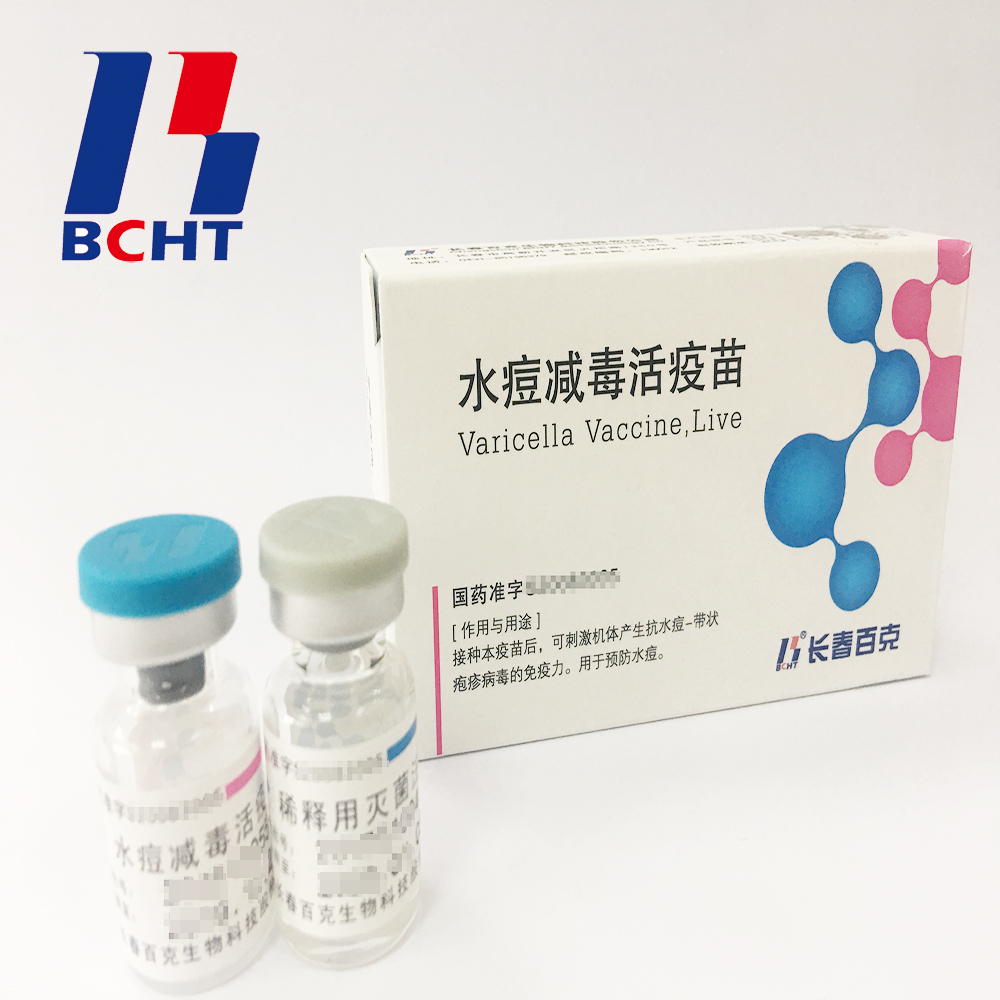Five Western European universities jointly develop 3D printed joint implants
Release date: 2016-10-09
Recently, medical experts from five universities in Western Europe participated in the research project of PRosPERoS (PRinting PERsonalized orthopaedic implantS), which was led by the University of Maastricht (UMC) in the Netherlands. In this project, experts used 3D printing to develop the next generation of joint replacement implants.
Such research is undoubtedly necessary, as the demand for joint replacement implants is increasing rapidly as the Western European population is slowly aging. According to Tiangong, for the elderly, the joints at the buttocks, back and knees are very fragile, and for obese patients, cartilage implants are very necessary. Although these challenges can be solved, currently used implants have a limited life span and require multiple surgeries over a longer period of time. A broken implant can even cause other bone defects over time. At the same time, classic titanium or carbon fiber implants have only a few standard sizes, which means that each patient receives the same treatment, regardless of whether the treatment is perfectly suited to their particular condition.
As a result, the demand for customized implants that are perfectly suited to the patient's body is growing, and 3D printing plays a vital role in the development of experts. The new ProsPERoS project is working on 3D printed "smart" implants that promote the natural regeneration of bone cells. The research is dedicated to the development of biologically active implants that are tailored to each patient's specific situation. If successful, this can pave the way for faster recovery and reduced necessary follow-up surgery.
Under the current plan, experts will use titanium to 3D print these implants, which will also be designed to stimulate bone cell growth and adhesion. The implant will be based on a 3D scan and customized for each patient. Lead researcher Dr. Chris Arts said: "Every patient is different and they have their own special needs. Age, weight, bone density and personal regenerative capacity will affect the joints and the treatments required." 3D printing The interior of the implant will also have a reticulated lattice structure that creates a microscopic network that optimally accommodates bone cells and their growth. A special antibacterial coating will prevent joint infections.
Over time, the same principles can be applied to biodegradable implants, which will slowly replace such implants. “This will greatly improve recovery, reduce the likelihood of infection and minimize implant erosion,†says Arts. Professor Lodewijk van Rhijn, head of orthopedics at Maastricht University Hospital, said the project showed how new knowledge of biomaterials can benefit patients, and he hopes the first clinical outcome will be in the next four years. Be shown.
Of course, these plans are very ambitious and costly. In order to implement the ProsPERoS project, the European investment fund Interreg Nederland-Vlaanderen recently announced that they will invest 2.3 million euros in this project, which covers half of the total cost of the project (4.6 million euros). The Dutch Ministry for Economic Affairs, the Dutch and Limburg provinces of Belgium, and the Flemish-Brabant province provide an additional €1.1 million.
A large number of Dutch, Belgian 3D printing and biomedical experts will participate in the ProosPERoS project. In addition to Maastricht University, the other four participating universities are KU Leuven, UMC Utrecht, Delft University of Technology and Uniklinik RWTH Aachen. Experts from 3D Systems, Medanex Clinic BVBA, 2Move Implants BV, Xilloc Medical BV, 4WEB EU. BV, PCOTech and Antleron BVBA will provide 3D printing and orthopaedic expertise.
(Compiled from 3Ders.org)
Source: Tiangongshe
Bulk of varicella vaccine,semi-finished products.It has good safety with low ratio in adverse reaction. And it has been exported to Bangladesh.
In 2008, BCHT successfully launched its product Varicella Vaccine, Live in China. In the following years, BCHT continuously committed to improving the product and led in 2010 removal of gelatin from adjuvant and extended the vaccine shelf-life up to 36 months which is the longest one in the world in 2011. And it has the following qualities.

Rabies Vaccine,Freeze-Dried Rabies Vaccine,Mild Rabies Vaccine,Stable Rabies Vaccine For Human Use
Changchun BCHT Biotechnology Co. , https://www.ccbcht.net